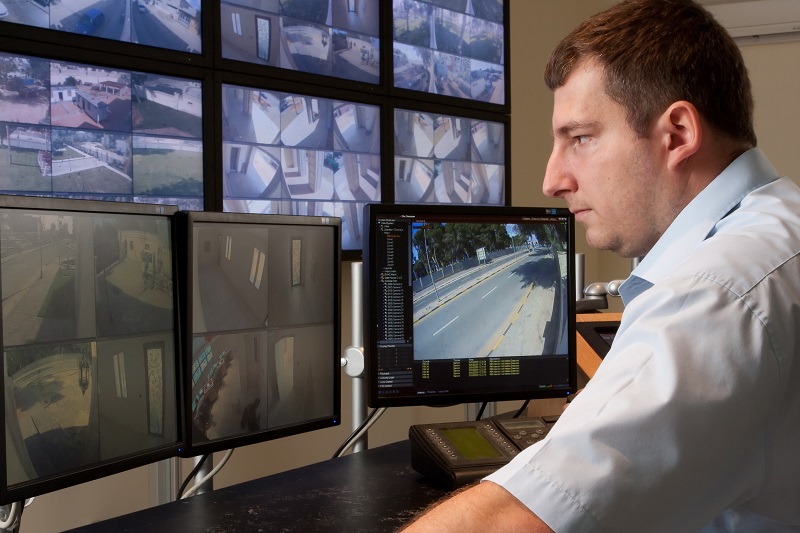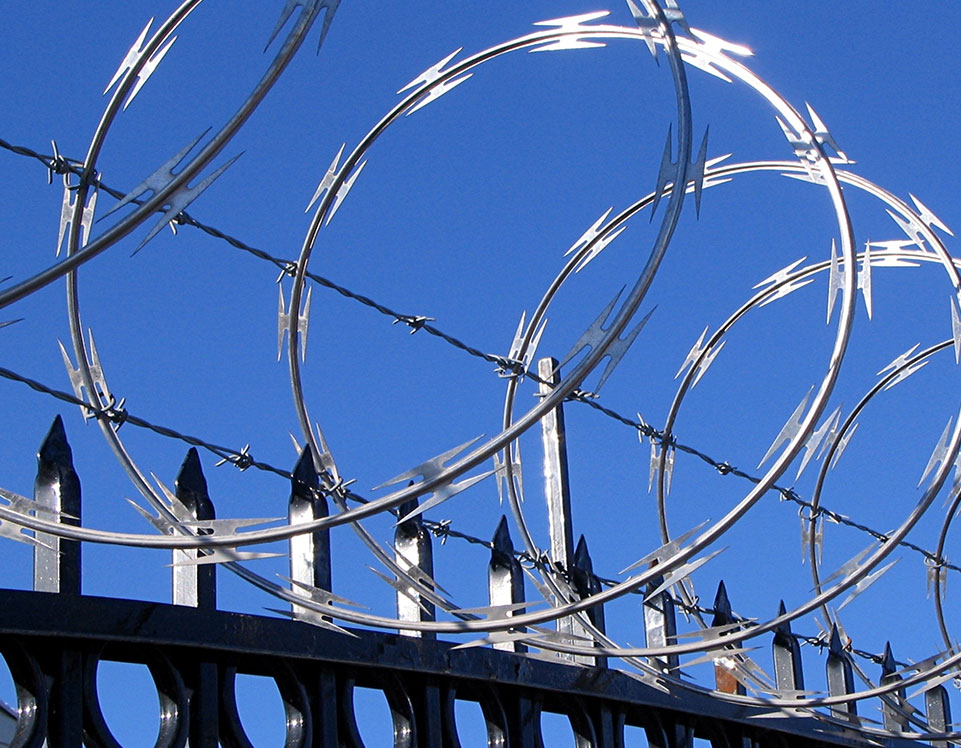Secure Your Building With Dependable Fiber Optic Protection Solutions
In an era where protection threats are increasingly advanced, the demand for reliable protection services is paramount. Fiber optic protection systems stand out by using outstanding reliability and performance, leveraging advanced light transmission technology to enhance security capacities. security fibers. Recognizing the complexities of fiber optic safety and security can light up the path to guarding your residential or commercial property more efficiently.
Advantages of Fiber Optic Security
Fiber optic security options supply a series of advantages that make them increasingly vital in today's electronic landscape. Among the most substantial benefits is their premium bandwidth capability, which permits for the transmission of big quantities of information over fars away without significant signal degradation. This capacity is specifically advantageous for security systems that rely upon high-def video monitoring and real-time monitoring.
Additionally, fiber optic cables are naturally more protected than conventional copper electrical wiring. They are immune to electro-magnetic interference, making them less vulnerable to hacking or eavesdropping. This improved protection is important for shielding delicate information and maintaining the integrity of security systems.
Furthermore, optical fiber are more durable and immune to environmental variables, such as moisture and temperature changes, making sure lasting reliability and reduced upkeep expenses. The light-weight nature of fiber optic cables likewise streamlines setup processes, allowing for higher versatility in system design.
Exactly How Fiber Optic Systems Work
In modern safety and security applications, the operation of fiber optic systems counts on the principles of light transmission through flexible glass or plastic fibers. These fibers are made to lug light signals over fars away with very little loss, making them perfect for transferring information related to protection tracking. The core of the fiber, bordered by a cladding product, ensures that light signals stay consisted of within the core via a phenomenon called overall inner reflection.
When integrated right into safety systems, fiber optic cable televisions can transmit data from numerous sensors, such as cams, movement detectors, and alarms, to a main tracking station. The high bandwidth capacity of fiber optics permits the transmission of large amounts of information all at once, enabling real-time monitoring and punctual response to possible hazards.

Sorts Of Fiber Optic Security Solutions
Different types of fiber optic safety solutions have actually emerged to improve security and defense throughout different environments. One noticeable option is fiber optic border breach discovery systems (PIDS), developed to keep an eye on and safeguard property limits via the discovery of resonances and disturbances along fiber optic cords. These systems give real-time alerts, allowing prompt reactions to unapproved accessibility efforts.
One more efficient service is fiber optic video surveillance. This modern technology leverages high-definition cameras connected by means of fiber optic wires to send video data over cross countries without considerable loss of top quality. This arrangement is particularly helpful in expansive areas, such as airports and commercial sites, where traditional copper cables may fail.
Furthermore, fiber optic sensors are progressively utilized for environmental tracking, detecting adjustments in temperature level, pressure, or acoustic signals that can show safety violations or hazardous conditions. These sensors use high sensitivity and precision, making them suitable for important facilities protection.

Installation and Upkeep Tips
Efficient installation and upkeep of fiber optic safety solutions are vital for guaranteeing their optimal performance and long life. To begin with, it is vital to prepare the installation very carefully, thinking about the format of the property and determining prospective susceptabilities. Fiber optic cable televisions need to be routed safely, staying clear of sharp bends or spins that could endanger their stability. Make use of professional-grade ports and rooms to make sure robust connections and defense from environmental elements.
During installment, it is recommended to perform detailed screening of the system to validate that all elements are operating properly. Routine maintenance checks should be scheduled to inspect the fiber optic cables for any kind of indications of wear or damages, in addition to to make sure that links remain secure. Cleansing the adapters regularly is likewise important to avoid signal loss because of dirt or debris.
In addition, maintaining an upgraded inventory of mounted elements and their requirements can facilitate simpler troubleshooting and upgrades. By sticking to these installation and maintenance tips, residential or commercial property proprietors can optimize the efficiency of their fiber optic protection options, ensuring a reputable defense against possible hazards.
Comparing Costs and Performance
When examining fiber optic protection options, understanding the balance between prices and effectiveness becomes critical (security fibers). Organizations needs to consider the upfront investment, ongoing maintenance costs, and the long-term value these systems provide. While fiber optic systems may need a higher preliminary installment expense contrasted to traditional copper circuitry, their durability and minimized vulnerability to electro-magnetic disturbance frequently translate to lower maintenance costs in time
Performance is an additional important element; fiber see here optic security systems offer improved information transmission speeds and improved integrity. They can cover bigger distances without signal deterioration, making them optimal for expansive buildings or remote locations. Additionally, the high bandwidth capability supports advanced protection applications, such as high-definition video security and real-time surveillance, which are vital for extensive security administration.
Ultimately, the choice in between expense and effectiveness should be directed by particular security needs and take the chance of analyses. Organizations has to assess their special needs, taking into consideration elements like home size, safety and security dangers, and technical innovations. By conducting an extensive cost-benefit evaluation, stakeholders can make informed decisions that straighten with their safety and security objectives while guaranteeing Recommended Reading an audio investment in fiber optic innovation.
Final Thought
Finally, fiber optic safety and security services supply substantial advantages in regards to performance, dependability, and resistance to environmental disturbances. These systems improve surveillance abilities and border safety, making them an effective option for detailed security. First setup expenses might be higher, the long-term advantages, including reduced upkeep and superior performance, justify the investment. Eventually, the fostering of fiber optic modern technology stands for a forward-thinking method to guarding buildings against evolving safety threats.